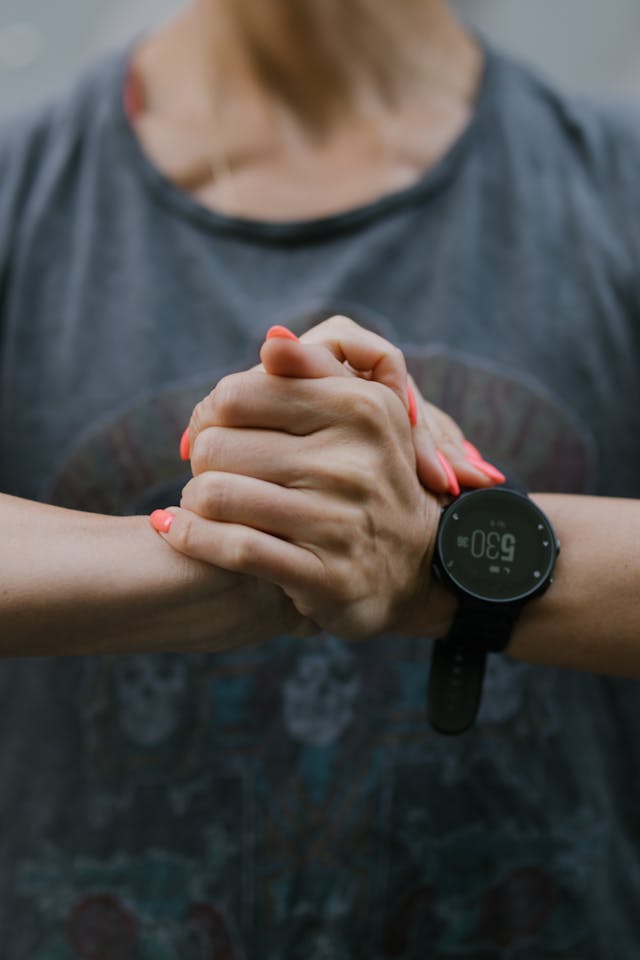
Smart Wearables Transforming Athletic Performance
The intersection of technology and sports has given birth to a revolution in athletic performance monitoring and optimization. Smart wearables have emerged as game-changing tools that enable athletes and coaches to track, analyze, and improve performance with unprecedented precision. From professional sports to amateur athletics, these devices are reshaping how we train, compete, and recover.
The Evolution of Sports Wearables
What started with simple pedometers has evolved into sophisticated devices capable of tracking multiple biometric data points simultaneously. Today’s smart wearables incorporate advanced sensors, artificial intelligence, and real-time analytics to provide comprehensive insights into athletic performance.
Key Technologies and Applications
Performance Tracking
Modern wearables employ a variety of sensors to monitor crucial performance metrics:
- Heart rate variability (HRV)
- GPS tracking for speed and distance
- Acceleration and deceleration patterns
- Movement patterns and form analysis
- Power output and force generation
- Sleep quality and recovery metrics
Advanced Analytics
The latest devices don’t just collect data; they interpret it meaningfully:
- Real-time performance feedback
- Personalized training recommendations
- Fatigue and recovery analysis
- Injury risk assessment
- Training load optimization
- Competition readiness evaluation
Impact Across Different Sports
Team Sports
In sports like football, basketball, and soccer, wearables help coaches:
- Monitor player workload during training and matches
- Optimize tactical decisions based on performance data
- Prevent overtraining and reduce injury risks
- Analyze team dynamics and positioning
- Make informed substitution decisions
Individual Sports
For athletes in sports like running, cycling, and swimming, wearables provide:
- Detailed technique analysis
- Race pace optimization
- Energy expenditure tracking
- Training zone recommendations
- Recovery monitoring
Revolutionary Features
Smart Clothing
The integration of sensors into athletic wear has created new possibilities:
- Form-fitting garments with embedded sensors
- Smart fabrics that monitor muscle activity
- Compression wear with built-in biomechanical analysis
- Temperature-regulating clothing with adaptive features
Advanced Metrics
Modern wearables track sophisticated performance indicators:
- Muscle oxygen saturation
- Hydration levels
- Respiratory rate
- Lactate threshold
- Stride analysis
- Power zone distribution
Training Optimization
Personalized Approach
Wearables enable highly individualized training programs by:
- Adapting workouts based on recovery status
- Identifying performance patterns
- Suggesting optimal training intensities
- Monitoring long-term progress
- Providing real-time technique corrections
Injury Prevention
Smart devices help reduce injury risks through:
- Early fatigue detection
- Movement pattern analysis
- Impact force monitoring
- Recovery tracking
- Biomechanical assessments
Future Developments
The future of athletic wearables promises even more revolutionary features:
- AI-powered coaching systems
- Augmented reality training feedback
- Advanced biometric sensors
- Real-time tactical suggestions
- Enhanced integration with training facilities
Integration with Professional Sports
Professional sports organizations are increasingly incorporating wearables into their programs:
- Performance optimization departments
- Data-driven decision making
- Injury prevention protocols
- Recovery monitoring systems
- Team-wide performance tracking
Challenges and Considerations
While wearables offer numerous benefits, certain challenges remain:
- Data accuracy and reliability
- Privacy concerns
- Integration with existing systems
- Cost accessibility
- User adoption and compliance
Conclusion
Smart wearables have fundamentally transformed athletic training and performance monitoring. As technology continues to advance, these devices will become even more integral to sports at all levels. The future of athletic performance lies in the intelligent use of these tools, combined with traditional training methods, to create more effective and personalized approaches to athletic development.
The continued evolution of smart wearables in sports promises to further revolutionize how athletes train, compete, and recover, making the pursuit of peak performance more scientific and data-driven than ever before. As these technologies become more accessible and sophisticated, their impact on athletic achievement will only grow stronger.

